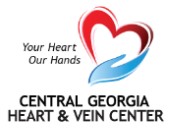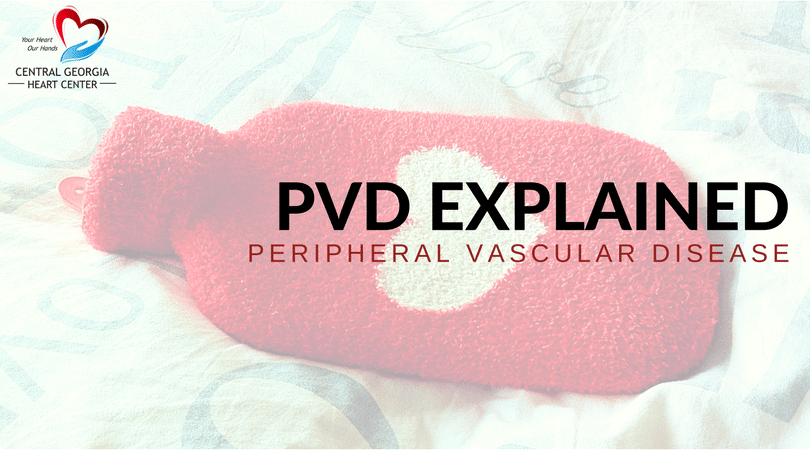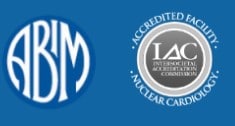What is Peripheral Vascular Disease?
Also known as PVD, Peripheral Vascular Disease is a circulation disorder in your blood vessels that cause blockages, narrowing, or spasms. PVD can occur in either your arteries or your veins causing low energy and pain. This pain most often occurs in the legs during frequent movement and goes away during times of prolonged rest. Peripheral Vascular Disease affects the blood supply around your body.
PVD can be a variety of diagnoses including arteriosclerosis which causes your arteries to harden from plaque build up. When plaque builds up in your arteries or veins it limits the supply of oxygenated blood to the rest of your body. When plaque increases unchecked, it can block a vein or artery by creating a clot causing loss of blood flow to an entire body part. This is why it’s extremely important to be screened regularly by your cardiologist.
Other names for PVD include:
- arteriosclerosis obliterans
- arterial insufficiency of the legs
- claudication
- intermittent claudication
How Do You Get PVD?
There are a few ways your body can develop PVD.
- Functional PVD: This is when your vessels change size due to outside factors. For some this can mean drastic changes in temperatures cause the vessels to widen or narrow. Some common causes are stress, cold temperatures, and drugs.
- Organic PVD: This is when the actual structure of a vein is changed. Some causes include smoking, diabetes, and high cholesterol.
How Do I Know If I’m At Risk?
Peripheral Vein Disease affects people in the following categories:
- Anyone over 50
- Obese individuals
- High cholesterol
- A family history of PVD, high cholesterol, and hypertension
- Kidney Disease
- Poor eating habits
- Smoking
- Drug abuse
What are some common symptoms of PVD?
If you are experiencing any of the following, please consult a physician as soon as possible.
- Leg cramps and unexplained pain
- Poor circulation- Bluish tint to toes or fingers
- Severe burning in toes
- Feeling of numbness in muscles
If you are concerned that you may have PVD, speak to your doctor about a referral to Central Georgia Heart Center. Our doctors can help you find the right diagnosis and treatment plan.






